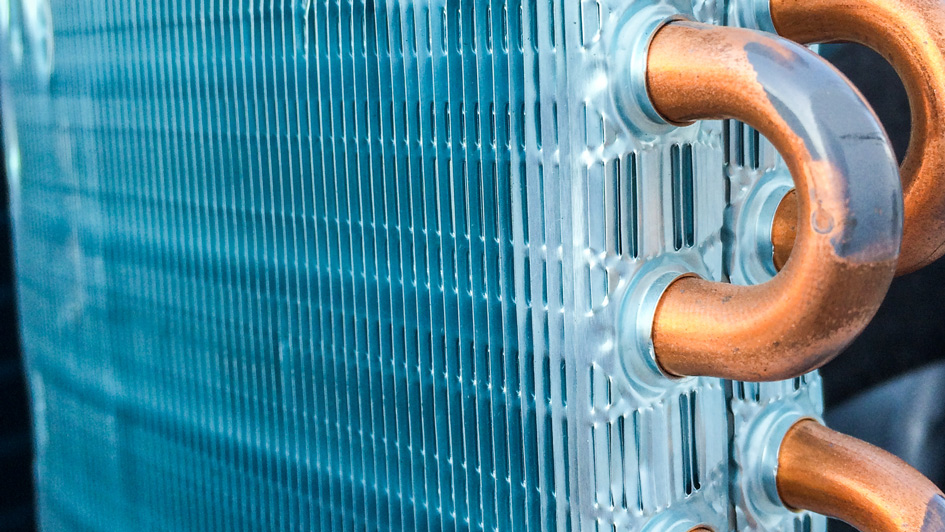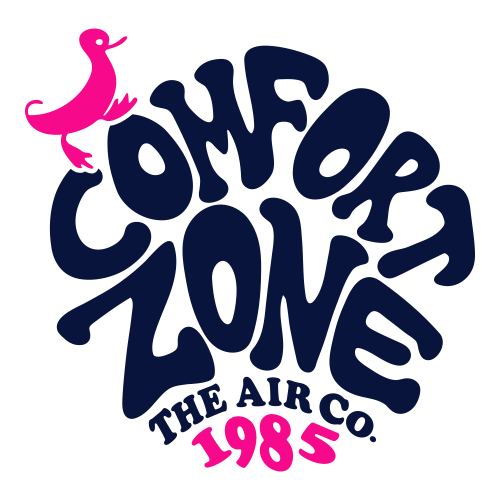
A furnace is usually a background player in your home, keeping you warm in the cold winter months. It frequently isn't noticed until a malfunction appears.
One cause could be that your furnace has a cracked heat exchanger. It can potentially be hazardous, so it’s worthwhile to learn the evidence of a cracked heat exchanger and what you should do if you are worried that might be the problem.
What Is a Heat Exchanger in a Furnace?
A heat exchanger transfers heat from the combustion chamber in your furnace to the air that flows through the system. It typically does this via coils or tubes that heat up the air while functioning as a barrier to keep gas produced in the combustion chamber, called flue gasses, from getting out into your home.
Is a Cracked Heat Exchanger Dangerous?
Given its central role, it shouldn't come as a surprise that a broken heat exchanger can be very dangerous. A damaged heat exchanger can allow dangerous gasses – like carbon monoxide, which can be lethal – to be distributed across your home.
For this reason, do NOT use your furnace if you suspect you're dealing with a cracked heat exchanger, as this could make the whole family sick. Reach out to an HVAC professional right away if you are worried your furnace has a cracked heat exchanger that should be repaired.
Four Signs of a Cracked Heat Exchanger:
- Furnace switches off: Cracks in the heat exchanger could cause your furnace to turn off.
- Odd Smells: If the air leaving your furnace has a strong chemical smell, it could be an indicator that gasses are leaking through cracks in your heat exchanger. These gasses, which can smell like formaldehyde, are a significant warning sign.
- Carbon monoxide alarm goes off or you feel symptoms of poisoning: If a cracked heat exchanger is releasing carbon monoxide inside your home, your carbon monoxide alarm should go off or family members might start experiencing signs of carbon monoxide poisoning. Symptoms include headaches, dizziness, weakness, nausea, vomiting or feeling tired. If your alarm goes off or you feel unusually tired, get out of the home immediately and then call for help.
- Soot: If you see black sooty collecting on the exterior of your furnace, it’s another sign something could be seriously wrong.
What to Do if Your Furnace Heat Exchanger is Cracked
If you suspect your furnace has a cracked heat exchanger, call a professional with extensive experience in furnace installation Cape Coral as soon as possible so they can take a look at your system and, if required, perform a furnace heat exchanger replacement. Costs should vary depending on the situation, but estimates run in the neighborhood of $1,000 to $3,000.
However, the good news is that heat exchangers are regularly covered by the warranty. You should confirm the warranty paperwork on your furnace, as while the warranty may not cover the entire cost of repairs, it could significantly reduce your bill.
How to Prevent a Cracked Heat Exchanger in Your Home
One of the best ways to avoid problems in your furnace overall is via regular furnace maintenance. Furnaces offer the most benefits when they operate efficiently. Hiring a certified professional to inspect your furnace for worn-out parts, clogged filters and other likely problems can keep you from getting a big bill later on.
It’s also helpful to take a look at your furnace filters every few months – it’s ideal some filters be swapped out every 90 days or sooner if they are dirty or grimy. While the filters aren't connected to the heat exchanger itself, the strain of drawing air through a clogged filter makes your entire furnace work more vigorously to complete its job. And the harder your furnace has to work, the more deterioration pieces like the heat exchanger will experience.
